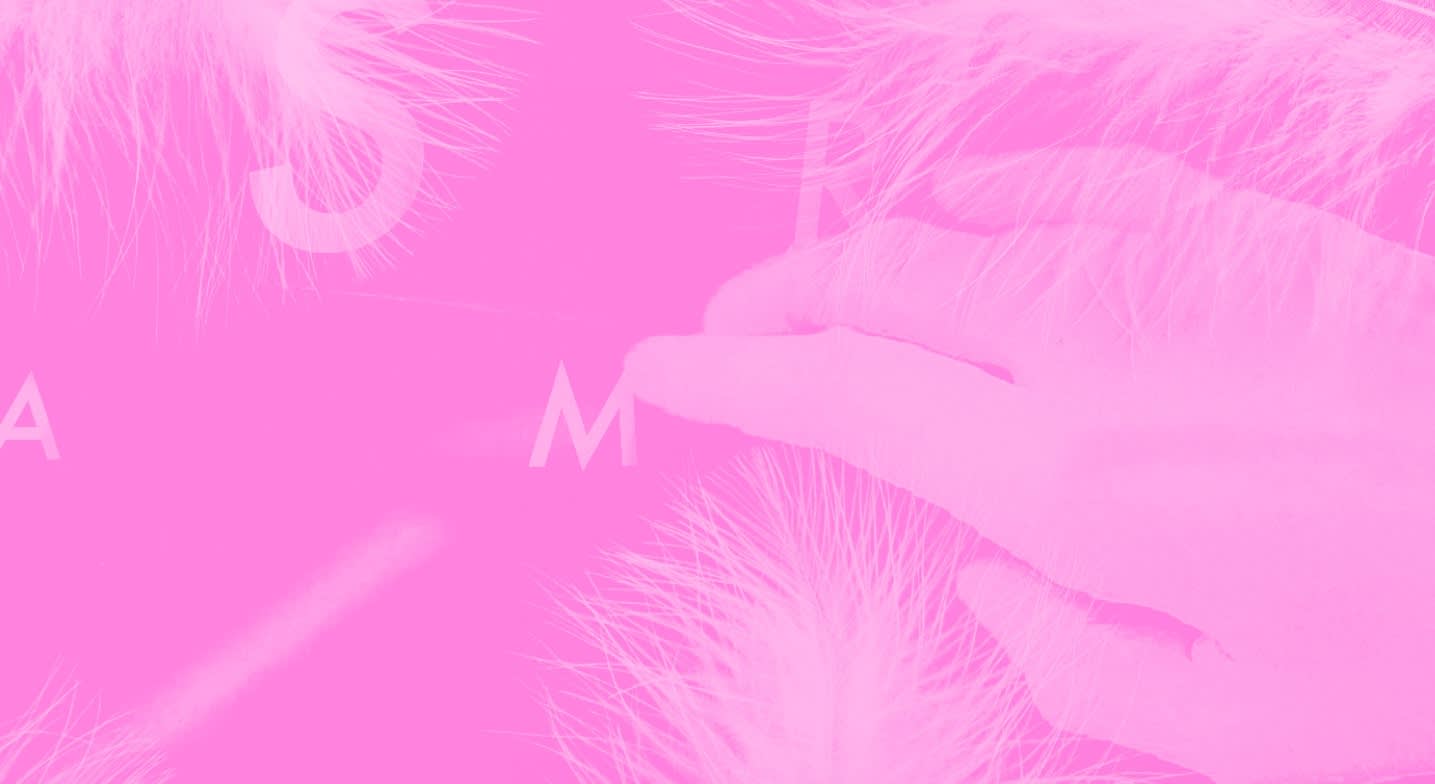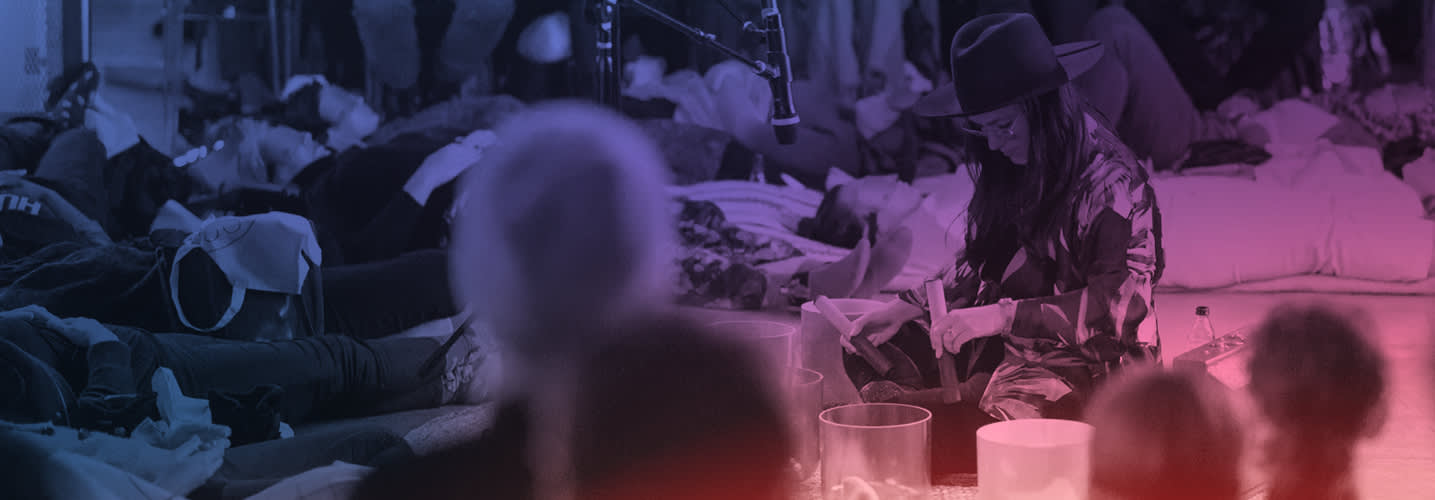Heather Vaughn was 19 when she was diagnosed with Type 1 diabetes, a development that altered her life — sometimes dreadfully. Within six months of her diagnosis, the Arizona native developed crippling panic attacks.
“I no longer trusted my body,” says Vaughn, now 25. “I was scared of everything medical, anything health related: doctor’s visits, needles. I had to drop out of college multiple times.” She said it got to the point where it was hard to even leave the house.
Diagnosed with an anxiety disorder, Vaughn found relief in something medicine has no clear understanding of at all: ASMR videos. “My sister heard that ASMR helped people with anxiety, so she brought it up to me,” she says. The verdict? “Very relaxing.”
The feeling itself is a warm and relaxing wash that can spread down the spine and limbs. In some quarters, ASMR fans call it a “headgasm.”
ASMR, which stands for Autonomous Sensory Median Response, is a phenomenon that has only recently been given a name, in part because it is an intensely personal sensation. ASMR is described by those who experience it as a pleasurably strange tingling feeling, usually felt at the back of the head or scalp. It is caused by certain sounds — close whispering, a crinkling of a candy wrapper, the soft taps on a keyboard — or sights. The feeling itself is a warm and relaxing wash that can spread down the spine and limbs. In some quarters, ASMR fans call it a “headgasm.”
The phenomenon gained widespread attention in the past five or six years, due to a gigantic YouTube subculture that creates ASMR-triggering videos for each other. Videos most often include close-ups of pretty young women making breathy, clicking, whispering, tapping, or crinkling sounds. There are role-playing videos in which the video makers pretend to be hairdressers or doctors or makeup artists, all interacting with the viewer.
Top ASMR YouTubers include a woman named Maria, whose site, , has more than 600,000 subscribers; and both have nearly 400,000. Their videos can net upwards of 3 million views.
Yet mainstream recognition tends to brush ASMR aside as weird — a harmless internet freak show — without addressing how many people find ASMR beneficial. BuzzFeed, for example, recently created “ASMR News Now,” a live video of people whispering the news. It’s a gentle piece of mockery created by the viral site’s humor writers who say their aim is “.”
What is happening at a biological level, though, is a mystery.
But YouTube’s tingle masters say their work is all about keeping people well. Many say ASMR has helped them, and that, in turn, has motivated them to make videos for others. GentleWhispering’s Maria (who declined our request for an interview) told the she started watching the videos in 2009 to combat insomnia and depression; Kimberley Tregidgo, who creates videos in the U.K., credits ASMR with helping her through post-traumatic stress disorder.






